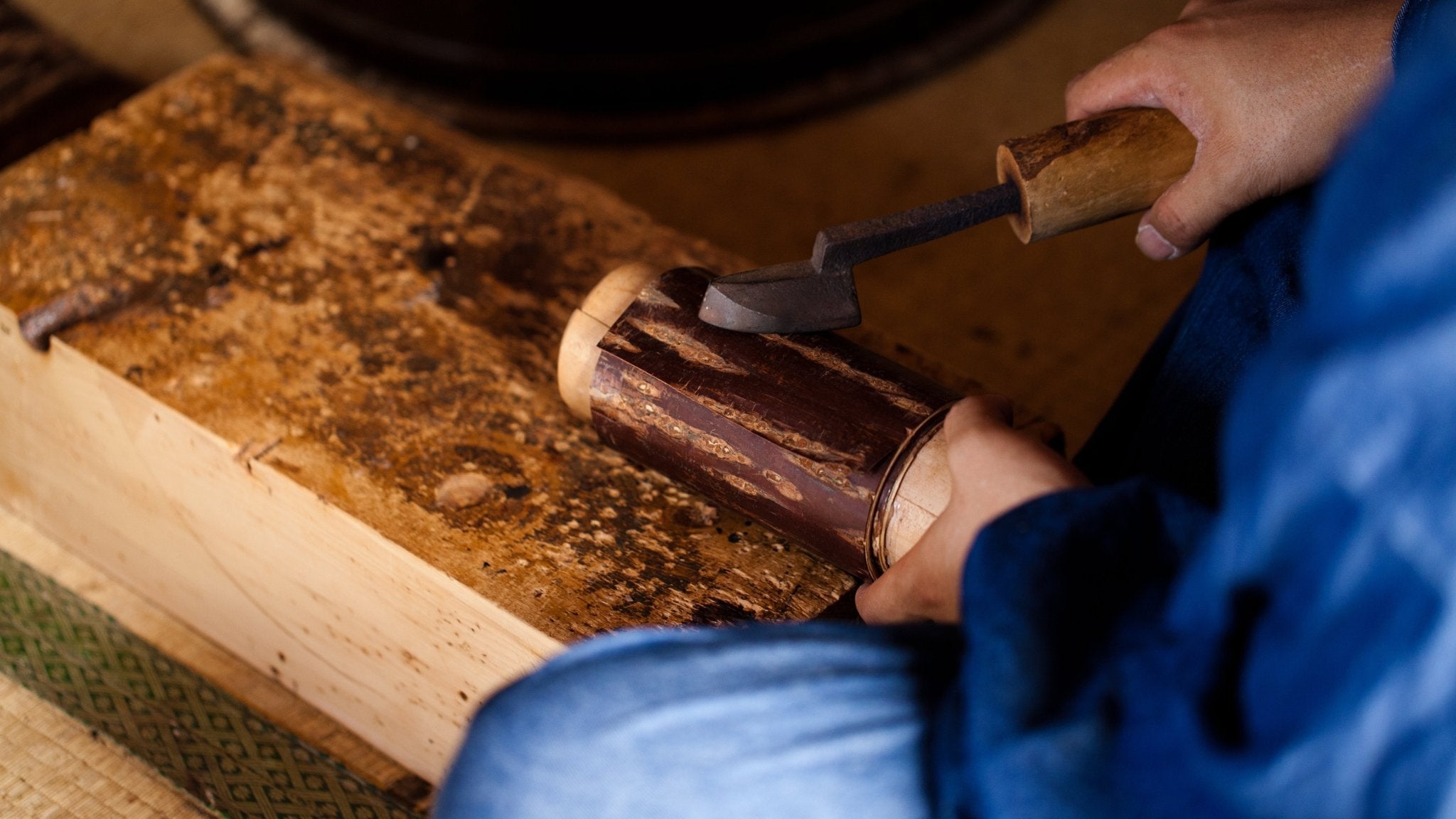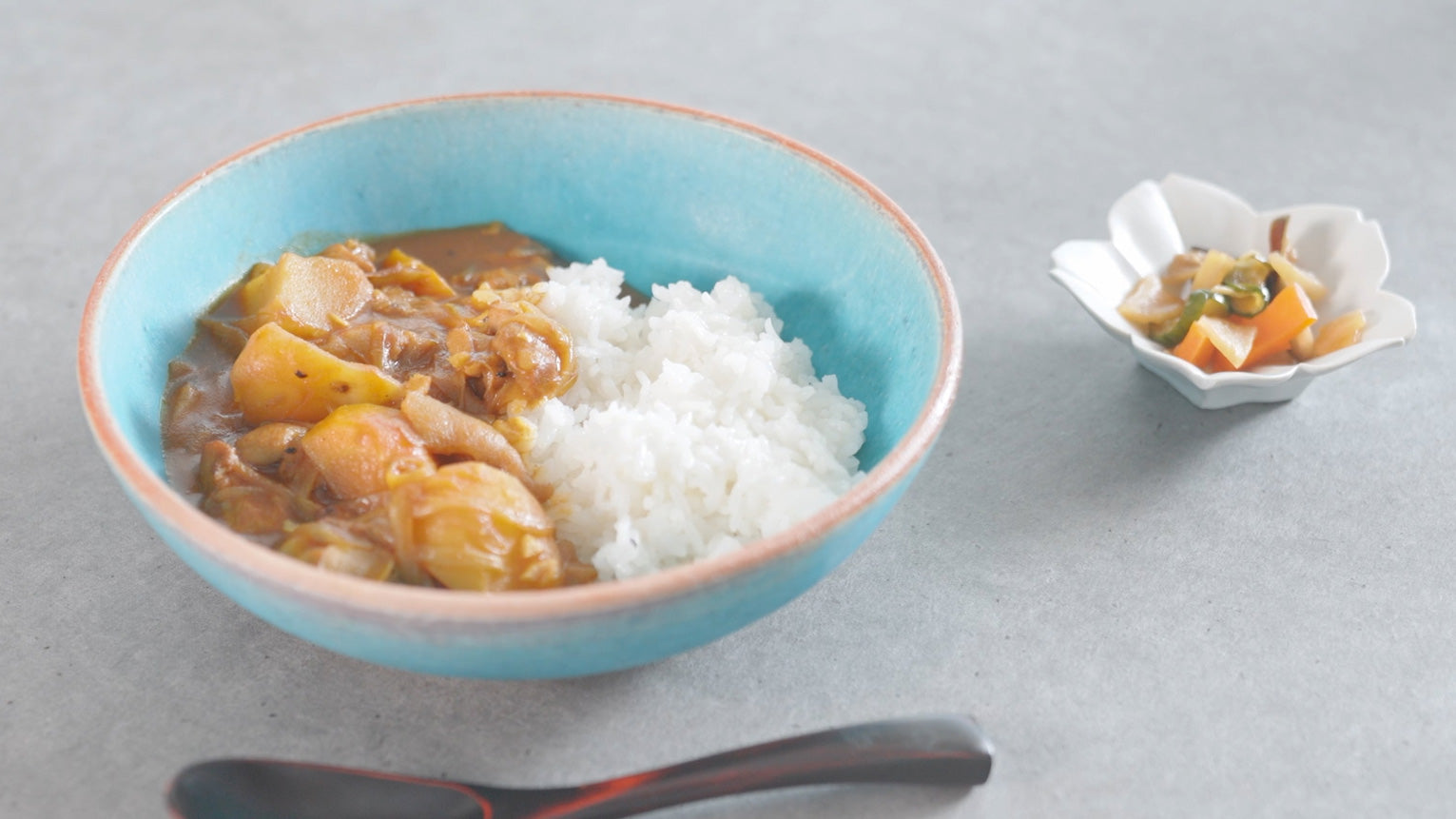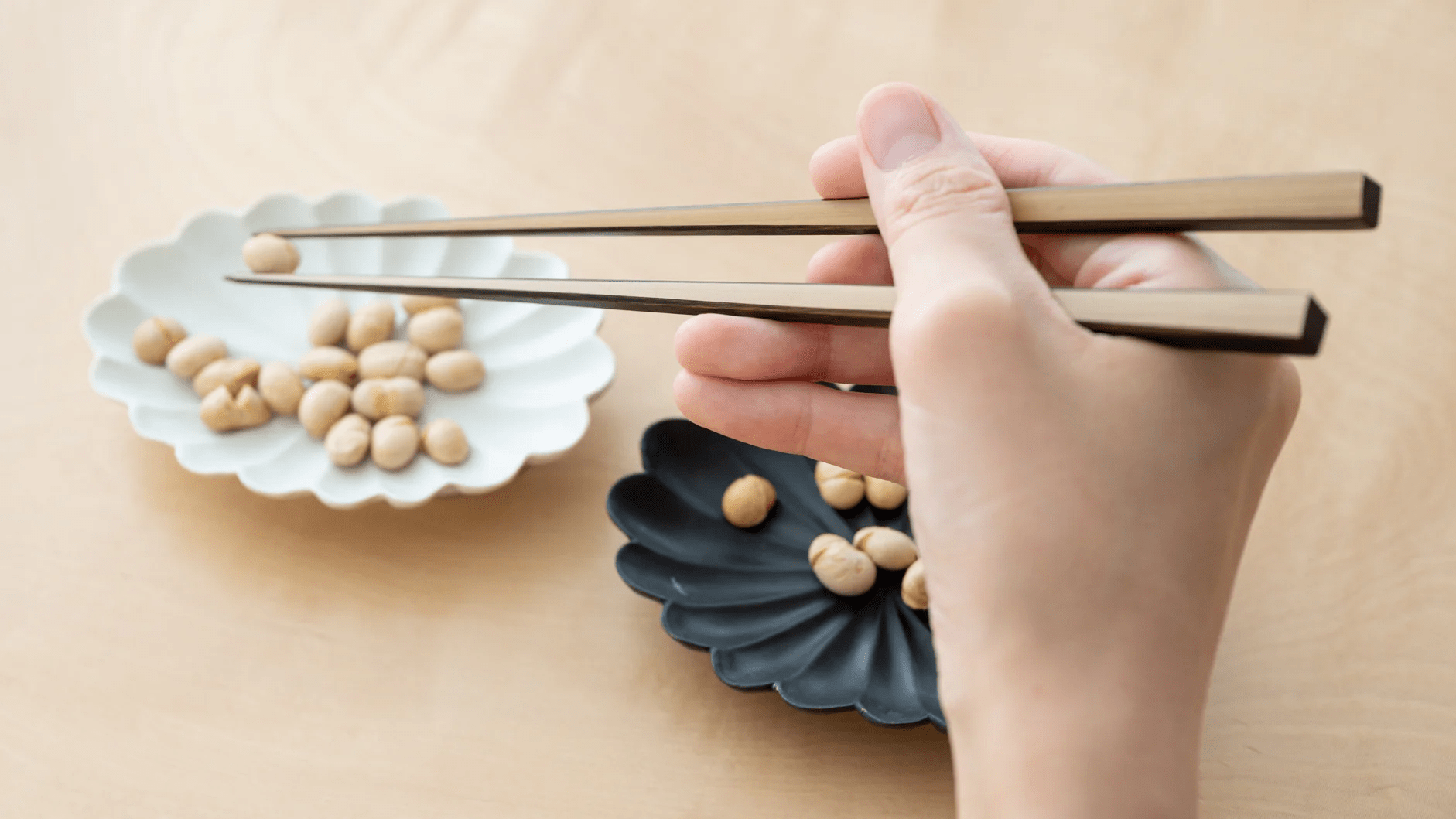
Woods Used in Traditional Japanese Crafts
Written by Team MUSUBI
Japan is the third largest "Land of Trees" in the world, following Finland and Sweden, with 70% of its land area covered by forests. Additionally, Japan's vertical expanse from north to south results in varying climatic conditions across regions.
As a consequence, Japan boasts a rich diversity of wood species, each with distinct appearances and characteristics. This has fostered a long tradition of woodworking in the country, leading to the production of a wide range of beautifully handcrafted and durable household items.
Japanese craftsmen, especially those engaged in traditional woodworking, possess deep knowledge of wood properties. They meticulously assess the unique characteristics of each tree and piece of wood to create products of the highest quality.
Different types of wood are suited to various purposes. In this article, we will explore some of the most common woods used in Japanese woodworking and their distinctive qualities.
table of contents
Hinoki (Japanese Cypress)

Hinoki is a type of cypress native to Japan and is regarded as a top-tier aromatic conifer, making it a highly sought-after wood. Its beautiful, glossy white appearance and soothing, forest-like fragrance have been cherished in Japan for centuries.
All softwoods possess water-resistant properties, but hinoki stands out for its exceptional durability against continuous exposure to water. It also has natural antibacterial and deodorizing properties, which is why it is favored for countertops and sushi plates in high-end sushi restaurants.
In particular, Kiso hinoki, a variety grown naturally in the Kiso Valley, spanning Nagano and Gifu Prefectures, is considered the finest quality of hinoki wood in Japan.
Sugi (Japanese Cedar)

One of the finest varieties of Japanese cedar is Akita sugi, grown in the natural forests of Akita Prefecture. This high-quality wood is used in Akita’s traditional handicraft, magewappa, a beloved type of tableware and lunch box made from thinly sliced cedar. Cedar’s humidity-regulating properties help keep rice fresh and flavorful, even after being stored for long periods. It also has natural antibacterial properties, said to protect the rice from spoilage. An additional charm is the pleasant cedar aroma released when the lid is opened.
Another notable variety is Yoshino sugi, grown in Nara Prefecture, home to one of Japan’s three most beautiful forests. Yoshino cedar is prized as a premium wood material. While cedar is easy to work with, it is not ideal for large furniture but is commonly used for barrels, ohitsu, round wooden containers for cooked rice, and other daily items.
Keyaki (Japanese Zelkova)

Due to its hardness, zelkova is more challenging to work with compared to other woods, making it both rare and valuable. As a result, it is considered one of the more expensive woods.
Its natural luster, which becomes more pronounced when polished, makes zelkova a popular choice for high-end furniture. Additionally, its deodorizing and antibacterial properties make it highly valued for long-lasting, premium tableware.
Sakura (Cherry Tree)

With a reasonable hardness that makes it easy to work with, cherry wood is used in a wide range of products, from furniture and musical instruments to sculptures, tableware, and cutlery. While there are many varieties of cherry trees, only a select few are used for their wood, and due to its rarity, cherry wood is considered a high-grade material.
Cherry wood is also prized for its beautiful color, featuring a reddish-brown surface with hints of green grain. It is a stable wood, resistant to the warping or deformation often seen in other hardwoods.
Additionally, the bark of the Yamazakura (Mountain Cherry) is used in kabazaiku, a unique regional craft that highlights the natural beauty of cherry bark as a decorative element.
From its blossoms to its bark and lumber, the cherry tree symbolizes Japanese beauty and is transformed into a wide variety of stunning crafted products.
Take (Bamboo)

Its axially straight fibers make bamboo flexible, strong, and resistant to breaking, which is why it is sometimes used as scaffolding for large architectural structures. The hollow interior with evenly spaced nodes makes bamboo ideal for creating cylindrical containers, water bottles, and cups.
The straight fibers can also be split into narrow strips, which are woven into traditional bamboo crafts such as colanders and baskets. Bamboo chopsticks, in particular, are highly valued for their durability—they resist fracturing even when made thin. The fibers also don’t tear easily, making them smoother on the palate compared to wooden disposable chopsticks, and their simple beauty adds to their appeal.
Since ancient times, bamboo has been easy to work with, often requiring just a single knife to create essential tools for daily life. Today, bamboo is also gaining attention for its ecological benefits as a sustainable material.
Matsu (Pine Tree)

Because pine grows slowly, it occasionally forms unique grain patterns, which are highly valued in products like trays that showcase this natural beauty. The wood's color and sheen become richer with age, making it particularly prized as an antique material.
Pine's natural oils make it highly flammable, and it has been used for centuries as firewood and charcoal. In Japan, pine charcoal is considered one of the finest fuels, especially for kilns used in ceramics and metal forging.
Tsuge (Japanese Boxwood)

While boxwood is often seen as a garden tree, it is also a well-known material for crafts in Japan. Due to its extremely slow growth, it has a very fine texture and is one of the hardest woods used in Japan, with a stone-like strength. Although difficult to work with, its durability makes it highly resistant to damage.
Because boxwood trees do not grow large, the wood is typically used to create small items such as shogi (Japanese chess) pieces, netsuke (miniature carvings), and hair combs. It has also been employed for making precision parts for ukiyo-e woodblock prints.
In particular, Japanese boxwood combs are prized for their ability to reduce static electricity, helping to keep hair smooth and beautiful. These combs are often soaked in hair-nourishing oils, such as camellia or apricot oil, further enhancing their benefits for hair health.







2 comments
@Frans Hi. Thank you for your inquiry. Our Musubi Lab Concierge Team will be in touch with you shortly regarding whether we provide items with wood species Betula Schmidtii Regel or Onoorekanba. Please kindly wait for our team to contact you!
Team Musubi
I am interested in the wood species “Betula Schmidtii Regel” or Onoorekanba.
Do you sell this
Frans Versteeg
Leave a comment
This site is protected by hCaptcha and the hCaptcha Privacy Policy and Terms of Service apply.